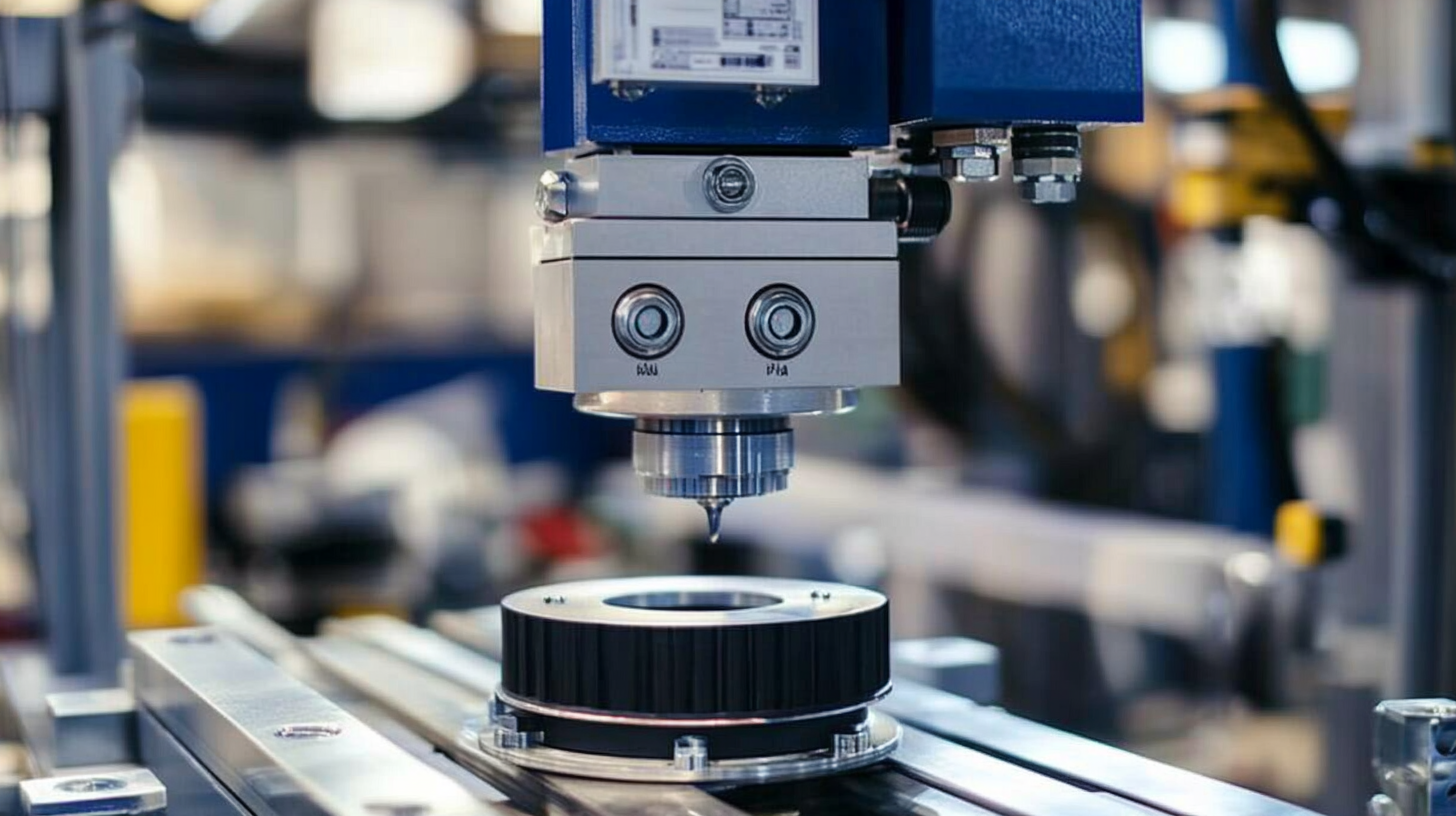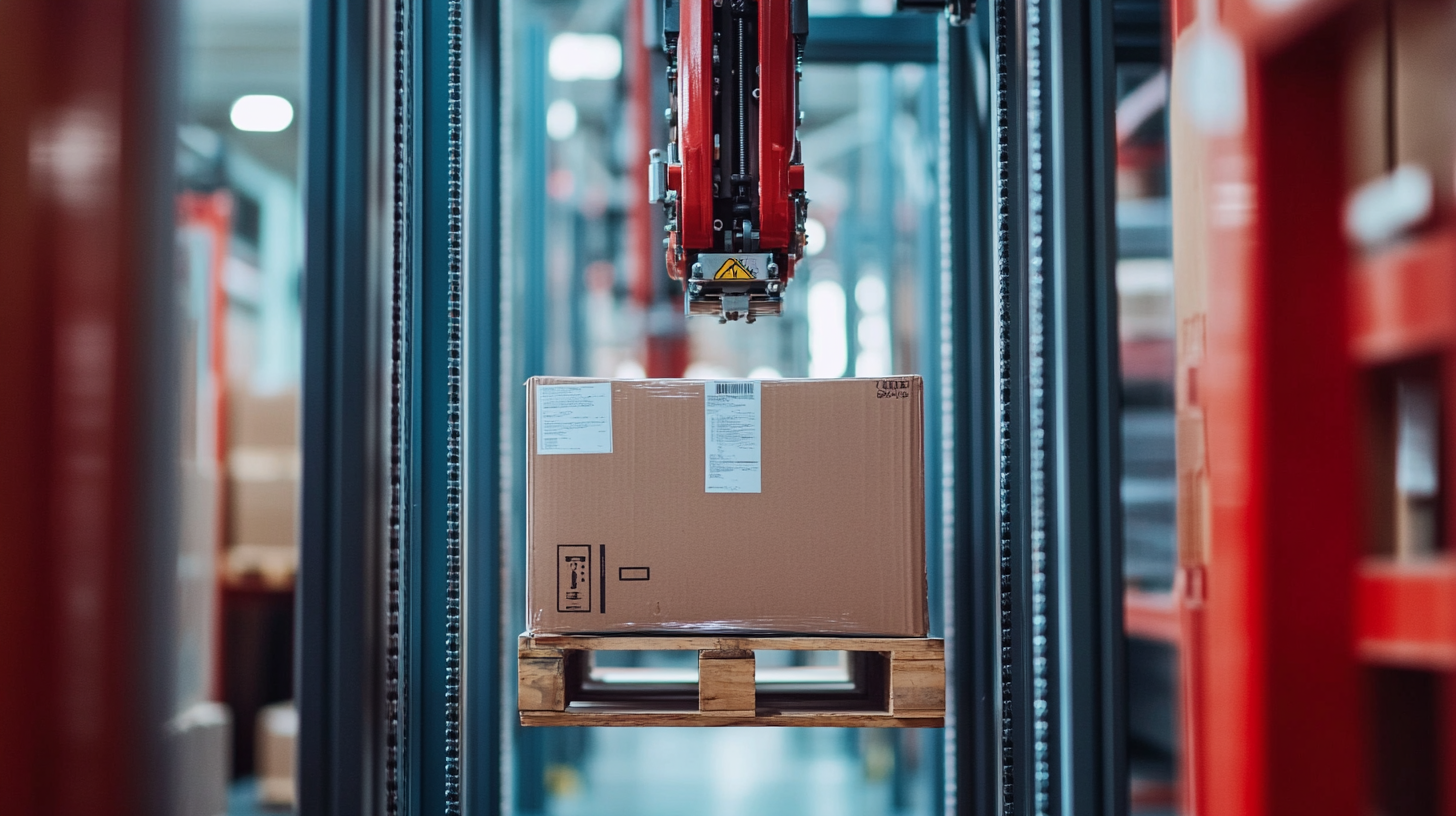 sales@loadcellsensor.com
sales@loadcellsensor.com

Unique Challenges Encountered with Button Load Cell for Global Importers
In the global weighing technology market, the Button Load Cell has emerged as a critical component, especially for importers dealing with diverse goods and varying specifications. According to a recent report by MarketsandMarkets, the load cell market is projected to reach USD 4.9 billion by 2026, growing at a compound annual growth rate (CAGR) of 5.5%. However, importers face unique challenges with Button Load Cells, including compatibility with existing systems, precise calibration requirements, and differences in international standards that can complicate customs processes. These challenges necessitate a deeper understanding of Button Load Cells, which are compact, rugged, and versatile solutions ideal for various applications, from industrial scales to medical devices. As global trade continues to expand, it's crucial for importers to navigate these obstacles to fully leverage the benefits of Button Load Cells in their operations.

Understanding the Role of Button Load Cells in International Trade
Button load cells play a critical role in the international trade of goods, particularly in the context of ensuring accurate weight measurements during the import and export processes. For global importers, the reliability of these devices is essential for compliance with international regulations and tariffs. According to a report by the International Trade Centre, the accuracy of weight measurement can impact duty calculations and the overall cost of trade. Inaccurate weight readings not only lead to potential legal disputes but also affect supply chain efficiency, making the choice of appropriate measuring equipment, such as button load cells, imperative.
Furthermore, the integration of button load cells in logistics management can enhance transparency in the trade of various commodities. For instance, in the wildlife trade, as highlighted in the recent publication examining France's role, precise weight measurements are crucial for monitoring the trade of endangered species and ensuring compliance with the CITES regulations. The report analyzed trade and seizure data concerning Appendix species, indicating that accurate load measurements could help in better tracking and management of wildlife products. Thus, for importers dealing with regulated items, button load cells not only facilitate adherence to legal standards but also contribute to sustainable trade practices by ensuring that measurements align with international conservation efforts.
Unique Challenges Encountered with Button Load Cell for Global Importers
This chart illustrates the percentage of common challenges faced by global importers when dealing with button load cells. The challenges include calibration issues, shipping complexities, and compliance with international standards.
Key Challenges in Sourcing Button Load Cells Globally
When sourcing button load cells globally, importers face a myriad of challenges that can complicate the procurement process. One of the most pressing issues is ensuring compliance with varying international standards and regulations. Different regions have specific safety and performance requirements that button load cells must meet, and navigating these can be especially daunting for importers unfamiliar with local guidelines. Additionally, discrepancies in manufacturing practices can lead to quality inconsistencies, making it crucial for buyers to thoroughly vet suppliers and possibly engage in third-party quality inspections before finalizing orders.
Another significant hurdle is the logistics of handling international shipping, which can introduce delays and additional costs. Button load cells are often sent in bulk, and managing inventory levels becomes vital to prevent stockouts or overstock situations. Fluctuations in shipping rates, customs documentation, and tariffs add complexity to the process, requiring importers to stay well-informed about global trade dynamics. Effective communication with suppliers and freight forwarders is essential to mitigate these risks and ensure a smooth transaction process. Ultimately, the ability to navigate these global challenges will greatly impact the success of sourcing button load cells in today’s competitive market.
Unique Challenges Encountered with Button Load Cell for Global Importers
This pie chart illustrates the key challenges faced by global importers when sourcing button load cells. Each segment represents a different challenge and its relative proportion based on survey data.
Navigating Compliance and Quality Standards for Button Load Cells
In the world of global importation, button load cells present a unique set of compliance and quality challenges. With the growing demand for accurate and reliable weighing solutions across various industries, importers must navigate a complex landscape of regulatory standards and quality measures. According to a report by MarketsandMarkets, the load cell market is projected to reach $4.5 billion by 2028, highlighting the increasing significance of adherence to safety and accuracy standards.
These standards vary significantly from one region to another. For instance, the International Organization for Standardization (ISO) sets forth guidelines that must be understood and implemented by global importers. Non-compliance can lead to severe penalties and product recalls, emphasizing the need for thorough knowledge of both local and international regulations. Furthermore, various certifications, such as OIML and NTEP, serve as benchmarks for quality assurance, ensuring that button load cells meet industry requirements for precision and reliability.
Quality control is not merely about compliance; it directly impacts the functional integrity of products. A recent study revealed that 20% of load cell failures can be attributed to manufacturing defects. This underscores the necessity for rigorous testing and quality assurance processes during production. Importers must collaborate closely with manufacturers to ensure that their button load cells consistently meet both the quality standards and regulatory frameworks necessary to operate successfully in the global market.

Adapting to Diverse Market Demands for Load Cell Applications
The load cell market is continually evolving as global importers face unique challenges in meeting diverse market demands. According to a report by Research and Markets, the global load cell market is expected to reach USD 3.75 billion by 2026, growing at a CAGR of 4.8% from 2021. This growth is driven by various industries requiring precise measurement solutions, particularly in sectors like manufacturing, healthcare, and logistics. As importers work to adapt their offerings, they encounter specific challenges related to the varying standards and regulations across different regions.
The diverse applications of load cells, particularly button load cells, involve intricate design considerations to meet regional preferences and specifications. For instance, while North America predominantly favors high-capacity load cells that are rugged and durable, markets in Europe often demand compact designs with enhanced precision. Furthermore, the Asia-Pacific region prioritizes cost-effectiveness due to intense competition, which may require importers to adapt their sourcing strategies accordingly. This demand for flexibility necessitates a deep understanding of local market dynamics, compliance with certification standards, and the ability to quickly respond to changing customer needs. As the landscape becomes increasingly competitive, mastering these challenges is critical for global importers aiming to tap into new growth opportunities.

Mitigating Supply Chain Risks Associated with Button Load Cell Imports
Navigating the complexities of the global supply chain for button load cell imports presents unique challenges that necessitate careful risk management strategies. As demand for precision measurement devices continues to rise, importers must be vigilant about potential disruptions. Factors such as geopolitical tensions, regulatory changes, and logistics bottlenecks can significantly impact supply chain integrity. To mitigate these risks, it is essential for importers to establish strong relationships with multiple suppliers and diversify their sourcing strategies.
Another critical aspect of managing supply chain risks is effective communication and transparency. By maintaining open lines of dialogue with suppliers and logistics partners, importers can quickly respond to any issues that may arise, such as sudden price increases or delays in production. Implementing technology solutions, like real-time tracking and inventory management systems, can further enhance visibility in the supply chain, enabling importers to make informed decisions. Ultimately, a proactive approach in addressing these challenges not only safeguards business operations but also enhances the competitiveness of importers in the global marketplace.
Unique Challenges Encountered with Button Load Cell for Global Importers - Mitigating Supply Chain Risks Associated with Button Load Cell Imports
| Challenge | Impact | Mitigation Strategies | Responsible Party |
|---|---|---|---|
| Quality Control Issues | Increased defect rates leading to product returns. | Implement stricter supplier audits and inspections. | Quality Assurance Team |
| Regulatory Compliance | Legal penalties and delays in shipment. | Stay updated with regulations, train staff accordingly. | Compliance Officer |
| Supply Chain Disruptions | Inability to meet customer demand. | Diversify suppliers and create inventory buffers. | Supply Chain Manager |
| Import Tariffs | Increased costs affecting pricing strategy. | Analyze tariff implications and adjust pricing. | Finance Department |
| Transportation Delays | Reduced product availability and customer satisfaction. | Establish alternate shipping routes and carriers. | Logistics Coordinator |

